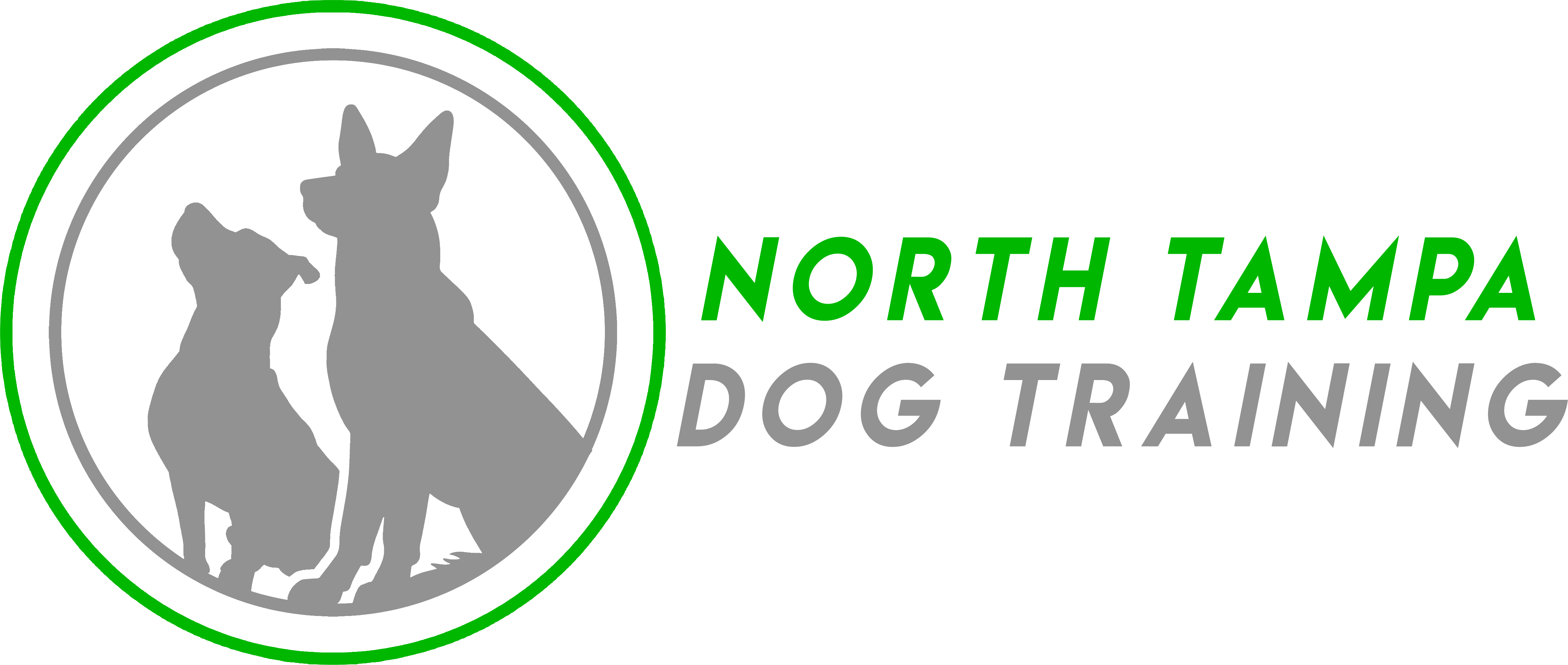Dealing with a stubborn dog can be a challenging aspect of training, but rest assured, there are effective methods to turn the tide. As a dedicated Dog Trainer in New Port Richey, my goal is to provide insights into handling stubbornness while maintaining a positive and respectful approach.
Understanding Stubborn Behavior
Stubborn dogs often present a unique challenge because they resist traditional positive reinforcement methods. These dogs might not be enticed by treats or toys, making it essential to explore alternative techniques to foster cooperation.
- Refusal of Positive Reinforcement: Stubborn dogs may not respond to traditional rewards like treats or play. Some examples of positive reinforcement are:
- Treats
- Verbal Praise
- Physical Affection
- Playtime
- Clicker Training
- Chew Toys
- Access to Desired Activities
- Positive Attention
- Training Breaks
- Consistency and Timing
- Need for Negative Reinforcement: In some cases, introducing negative reinforcement techniques becomes necessary for effective training. Some examples of negative reinforcement are:
- Pressure and Release: Applying gentle pressure with a leash or harness, then releasing it as soon as the dog performs the desired behavior (e.g., stops pulling, sits). The removal of pressure reinforces the behavior.
- Avoiding Unpleasant Sensations: Encouraging a dog to walk nicely by maintaining a steady pace and stopping when the dog pulls. The dog learns that pulling results in the unpleasant sensation of not moving forward and will eventually stop pulling to avoid it.
- Ignoring Undesired Behavior: If a dog jumps up for attention, turning away and not providing attention can be used as negative reinforcement. The removal of attention (unpleasant for the dog) encourages the dog to stop jumping.
- Escape Training: Teaching a dog to avoid an uncomfortable situation, like gently holding the dog’s collar and releasing when they sit or lie down. The dog learns to sit or lie down to avoid the mild discomfort.
- Interruptions and Redirections: Using a gentle noise (e.g., clapping hands, using a noise maker) to interrupt unwanted behavior and then redirecting the dog to a positive activity. The removal of the annoying noise serves as negative reinforcement when the dog stops the undesired behavior.
The Power of Modern Training Methods
When tackling stubbornness in dogs, contemporary training methods emerge as remarkably effective, particularly when integrated with low-level stimulation or vibrate eCollars. These tools adopt a nuanced approach, offering subtle signals to shape and guide your dog’s behavior. It’s important to emphasize that these methods, particularly when dealing with stubbornness or aggression, should exclusively be administered by experienced professional trainers. This ensures not only the effectiveness of the training but also prioritizes the safety and well-being of the dog, a crucial consideration in comprehensive dog aggression training in New Port Richey.
- Low-level Stim or Vibrate eCollars: Provide a gentle yet effective way to communicate with stubborn dogs.
- Professional Guidance: Engage with an experienced trainer to navigate the nuances of these modern techniques.
The Role of Board and Training Programs
For particularly stubborn cases, board and training programs offer a comprehensive solution. These immersive programs allow dogs to undergo consistent and focused training in a controlled environment, maximizing the chances of success.
- Intensive Training: Board and training programs provide a concentrated training experience for stubborn dogs.
- Professional Supervision: The constant oversight of experienced trainers ensures the safety and effectiveness of the training process.
Embracing Positive Transformation
Effectively training a stubborn dog demands a blend of patience, consistency, and a tailored approach. In my role as a dog trainer, I am committed to fostering a trusting relationship with each dog, delving into an understanding of their distinct personalities. This approach extends seamlessly to the specialized realm of dog aggression training in New Port Richey, where recognizing and accommodating their individual needs becomes paramount in achieving successful outcomes.
In conclusion, addressing stubbornness in dogs demands a thoughtful and customized approach. Modern training methods, when handled by an experienced professional, offer a pathway to success. For effective dog training in New Port Richey, especially in dealing with stubbornness or aggression, trust in the expertise of a dedicated trainer who prioritizes the well-being and transformation of your furry friend.
For more insights and personalized training solutions, reach out to a Dog Trainer in New Port Richey who understands the unique challenges of stubborn dogs.

